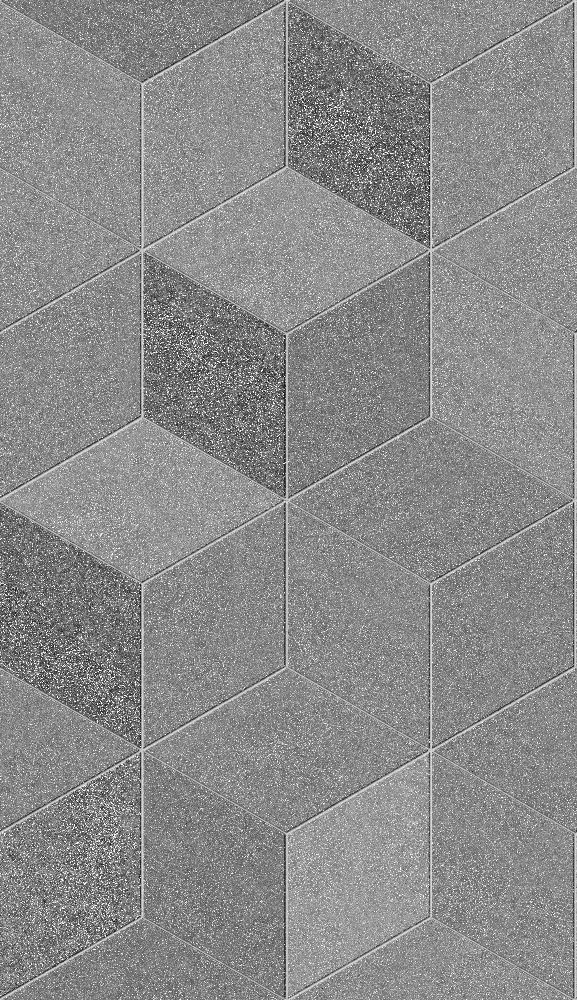Light Grey Powder Coated Metal Cubic
Category
Metal
Download
Edit
Powder coating is a term denoting a technique of applying a combination of curative and levelling agents, pigments and other additives to colour and protect a surface material, whereby the ingredients are melted to form a compound then cooled and ground down to form a bonded powder prior to application.
This light grey, mottled, textured metal is powder coated, a more modern, sustainable and durable technique than painting metal, which ensures full coverage of the surface and a uniform finish by preheating through a dry coating, electrically charged process – as opposed to adhesively binding as with paint – typically used functionally on industrial equipment, or aesthetically for textured, industrial looking metal window and door frames, or wall panels. The surface is prepared by rinsing it with phosphate or a degreaser followed by a rinse with water, then powder coated using an electrostatic spray gun before being cured in heat. Once bonded and hardened through the curing process, it performs well in a variety of heat and weather conditions, is highly resistant to scratches and superficial damage, while repelling corrosive elements such as water and acidic chemicals. When cured, more layers may be added to increase protection if specified in particularly harsh environments.
Powder coating is a much more sustainable technique for finishing metal than painting as certain application techniques, such as thermoplastic coatings, are malleable and easy to reshape or reuse, while the application process is very accurate, reducing waste compared to traditional spray painting. It is solvent free and does not contain environmentally harmful compounds, while the finished product is durable, moisture and chemically repellant and requires minimal maintenance, offsetting the initial cost of the application technique as it requires less care and upkeep over its lifetime. Depending on the application process, powder coating can in some cases be stripped and reused.
A seamless metal texture with light grey powder coated metal arranged in a cubic pattern. Seamless textures can be tiled repeatedly across a surface without visible seams making them useful for architectural drawings and 3D models. This image can be used as a SketchUp texture, Revit material or imported into Photoshop for use in 2D illustrations. A high resolution version of this texture is available, as well as CAD hatches and PBR maps with Architextures Pro.

